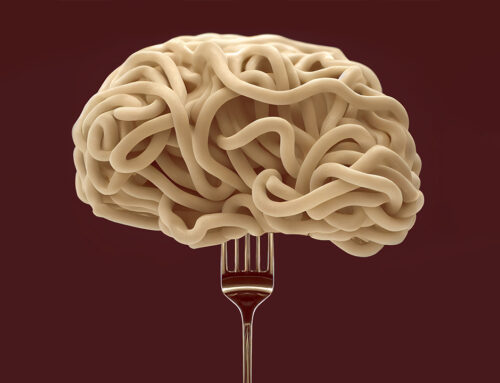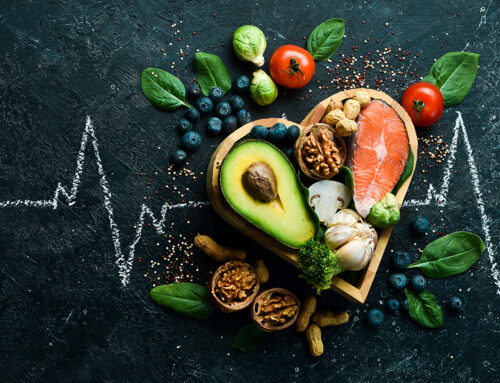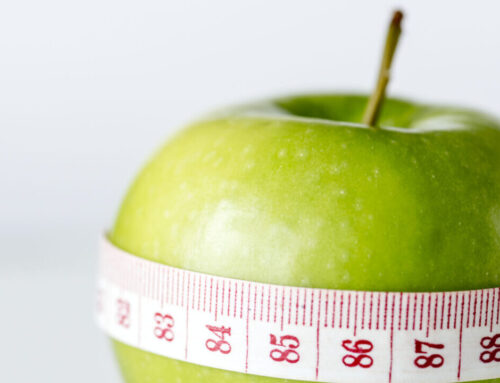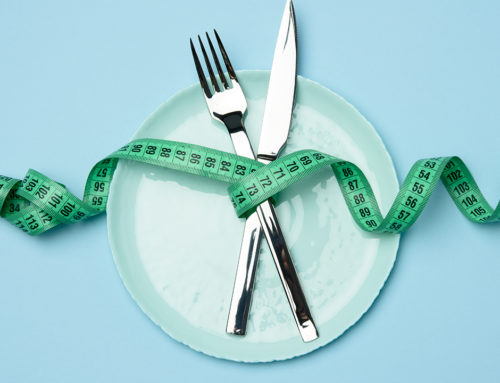Reducing solid food to mush might be fashionable but do you know what it does to the value of available nutrients? Here’s all the science you need to know about blending.
Letting a machine do the chewing business has long been thought one of the most effective ways to improve your health and the condition of your physique. It’s become a household favorite thanks to its practical benefits: it’s simple, cheap and the resultant smoothies are easy to consume in any situation.
If you’re blending regularly it’s worth exploring exactly what happens to the nutrients you’re blasting with the blade and how you can make it better.
The fiber things in life
Dietary fiber found mainly in fruits, vegetables and whole grains is touted as a big time heart disease fighter, as well as a weight balancer, according to the Mayo Clinic. The same research suggests fiber helps maintain bowel health by lowering your risk of hemorrhoids.
Fiber also helps weight management by keeping you fuller for longer, but are these fibrous benefits lost if you’re blending them smooth? No, because blended vegetables are more easily absorbed than eating the whole veg in its natural form, suggests Michael Greger M.D., a physician, author and professional speaker on public health issues. Good things come in small packages, you might say.
Maximize muscle
If you’ve been to a gym you’ll have seen muscle-seekers guzzling their post-workout shake to maximize their brawn-building and recovery efforts. But replacing one of your meals with a blended green drink could increase the speed of nutrients being absorbed, especially in your muscles.
David Zinczenko, author of the Zero Belly Cookbook, suggests high-protein low-fat blended drinks are highly effective at rushing nutrients into your body. Zinczenko also advises using almond or coconut milk in place of dairy milk because they’re easier to digest for some people.
Up the anti
The most commonly blended foods are fruits, and we all know the major health benefits of eating your five-a-day. Fruits like apples, pears, and oranges are high in fiber, vitamin C and antioxidants, and pooling them together in a blender means you get the added benefits of each.
While juicing loses a lot of fruit’s fiber, how do these two techniques compete on a nutrition scale? Research in Preventive Nutrition and Food Science found that juicing and blending apples, pears and mandarins increases their phytochemical levels and antioxidant capacity. Yes, you’ll lose a little fiber and feel less full, but when you’re after a pure health kick then juicing does it best.
Get these in the mix
Four foods you’ve probably never thought about blending – but should be for their benefits:
Egg shells
They contain 27 essential minerals, including calcium carbonate, which has similar benefits to calcium, like keeping teeth and bones healthy. Egg shell calcium increases bone density, and reduces arthritic pain and cartilage growth, according to the International Journal of Clinical Pharmacol Research. Just think about all those health benefits you let hit the trashcan.
Broccoli stalks
If you want more broccoli for your dollar, don’t throw away any part – even the stems. Like the florets, the stems are filled with nutrition, but if you don’t want to be seen gnawing on them just chuck ’em in the blender. Broccoli stems contain 93.2g of vitamin C per 100g, according to the USDA, which is more than the florets. Plus, they contain more fiber.
Avocado stone
Just drop the whole avocado into your blender – yes, even the big golf ball-sized seed. Quite a few studies have suggested that the avocado seed holds 70% of its antioxidants, including some found in the mega-drink, green tea. Just make sure you have a good blender with sharp blades to get through the stone.
Flaxseed
A superfood, flaxseed has a glut of nutritional benefits. Iowa State University found it can help to lower cholesterol in men. The boffins discovered 150mg taken daily decreased cholesterol by almost 10% in three months. But it can pass through your system undigested, therefore blending ensures complete nutrition absorption.
Find food tips to help you maintain your gains and more in every issue of TRAIN magazine.







